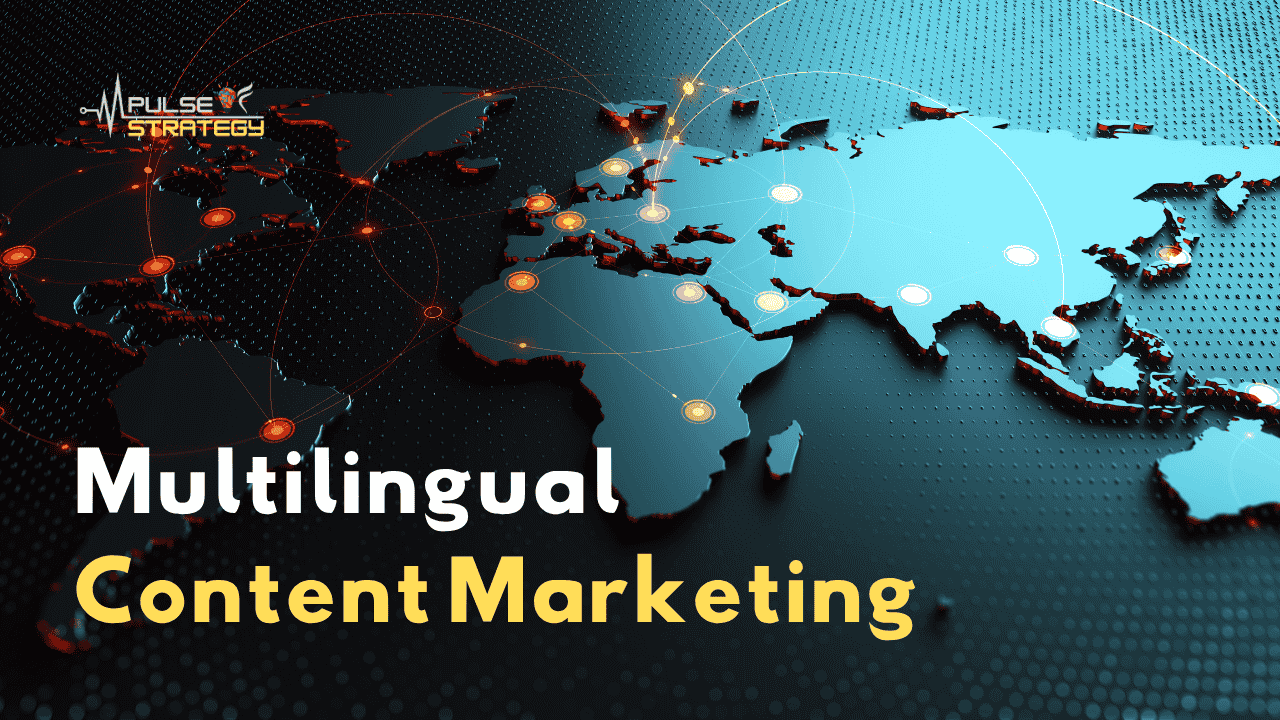
Multilingual content marketing has become a game-changer for businesses aiming to succeed on the global stage. This article explores the key advantages of adopting a multilingual approach, drawing on insights from industry experts. Let’s explore how tailoring your content to different languages and cultures can lead to improved connections, expanded market reach, and ultimately, greater success in the international business arena.
What is Multilingual Content Marketing?
Multilingual content marketing means speaking your audience’s language, literally. Instead of simply translating existing content, it involves tailoring your message to fit local cultures, humor, and habits. It helps your brand feel familiar and trustworthy, whether someone’s reading your blog in Paris, browsing your store in Tokyo, or clicking an ad in São Paulo. It’s how global brands feel local, everywhere.
So, how does this strategy play out in real business scenarios? Here are six expert-backed reasons why multilingual content is a game-changer.
1. Expand Reach in Less Saturated Markets
Multilingual content marketing remains a largely untapped strategy for reaching new audiences with minimal additional effort. It’s especially valuable for brands looking to expand into new markets. Research shows that 76% of consumers prefer to buy products with information in their native language, and 40% will never purchase from websites in other languages.
When content reflects a user’s native tone, humor, and cultural style, they are far more likely to engage and convert. This approach becomes even more important in highly competitive industries like digital marketing, where marketing consultants often recommend localization as a low-effort, high-impact strategy for growth. By localizing your content for less saturated regions or languages, you can reach audiences where competition is lower and trust is easier to build.
John Robins, Managing Partner and Growth-Marketing Consultant, Great Impressions
2. Boost Global SEO with Local Language Content

One underrated benefit I’ve consistently observed is how multilingual content significantly improves visibility in local search results, expanding reach in ways English-only content can’t. People don’t just search in English; they use local terms, slang, and culturally specific queries. By creating content in multiple languages, you’re not just making your brand accessible; you’re expanding your SEO footprint globally.
It also signals to international customers that your brand truly values their culture and isn’t just trying to “sell” to them. That level of localization helps foster long-term trust and brand affinity, which is far more powerful than one-size-fits-all messaging. In my experience, this approach not only improves engagement but also shortens the sales cycle in new markets.
Naima Ch, Marketing Head and SEO Specialist, Morse Code Translator
3. Build Trust Through Cultural Respect
One major benefit of multilingual content marketing is the ability to build deeper trust with local audiences. When you communicate in someone’s native language, you’re not just making your message easier to understand. You’re showing cultural respect and a willingness to meet people where they are.
We’ve seen how localized content drives stronger engagement. It’s not just about translation. It’s about tailoring the tone, context, and relevance of your message so it feels natural to the audience.
For brands looking to grow globally, multilingual content isn’t optional. It’s a smart, long-term strategy that turns your brand from an unknown brand into a familiar and trustworthy voice.
Sakina Kalaiwala, Digital Marketing & Content Strategy Specialist, BASSAM
4. Enhance Customer Engagement Across Regions

We firmly believe that multilingual content marketing is one of the most powerful tools for achieving global success. One key benefit of this approach is its ability to enhance customer engagement and trust across different regions and cultures. When your content speaks to customers in their native language, it creates a more personal and relatable experience, fostering a deeper connection with the brand.
Multilingual content marketing also allows us to penetrate new markets more effectively. Whether it’s through targeted ads, localized SEO, or region-specific content, speaking the language of your audience helps to overcome barriers, build brand loyalty, and ultimately drive international growth. In today’s globalized world, businesses that invest in multilingual content have a distinct competitive edge in reaching and retaining customers worldwide.
Rimma Kulikova, COO, HilltopAds
5. Lower Acquisition Costs in Global Markets
One major benefit of multilingual content marketing is that it significantly lowers customer acquisition costs in global markets. When people can engage with your message in their native language, they move through the funnel faster because they don’t have to work to understand what you’re offering. As a result, friction decreases, trust builds more quickly, and conversion rates increase.
Localized content often performs better than English-only versions. This improvement isn’t because the offer changes, but because the message feels native. It respects cultural context, tone, and nuance, thus connecting more deeply. That’s the difference between translation and true localization. It’s about matching voice, emotion, and intent.
Multilingual content also opens up less competitive channels. Most companies focus on English-speaking audiences, so translated content can help rank faster in regional search engines. It can also unlock demand that others overlook. In saturated industries, this kind of strategic edge matters.
Moreover, multilingual efforts lead to sharper messaging overall. Writing for translation forces clarity, as every phrase has to hold up across languages. This naturally tightens communication and improves how value is presented both globally and locally.
Josiah Roche, Fractional CMO, JRR Marketing
6. Create Emotional Connections with Native Speakers

One benefit of multilingual content marketing that I’ve personally seen make a huge difference is building real trust with local audiences.
A few years ago, I worked with a client in the fintech space who was expanding into Latin America. Initially, all content was in English, even the ads. Engagement was low, and bounce rates were high. However, once we started publishing the same content in Spanish, not just translated, but culturally adapted, we saw an instant shift. People started responding, commenting, and signing up.
What I realized is: when you speak to someone in their native language, you’re not just delivering information. You’re showing respect. It tells them, “We see you. We’re not just selling to you. We understand you.”
In global markets, that emotional connection matters more than perfect grammar or polished design. And the ROI proved it. Our cost per lead dropped by 40%, and time on page doubled.
So for me, multilingual content marketing isn’t just a “nice to have.” It’s a strategic move to earn trust, loyalty, and relevance in a crowded global market.
Aakash Panthri, Digital Marketer, The Digital Geek
Conclusion
The key to global growth is building strong connections with your audience, no matter where they are. Multilingual content marketing makes this possible by clearing away language and cultural barriers. It supports discovery with localized SEO, increases engagement by reflecting local values, and improves conversions through customized messaging. As a result, your brand earns trust in new markets and builds a solid foundation for international expansion.
Related: 11 Effective Ways to Start Investing in Content Marketing Resources
Related: Why Content Syndication Should Be in Your Marketing Strategy
